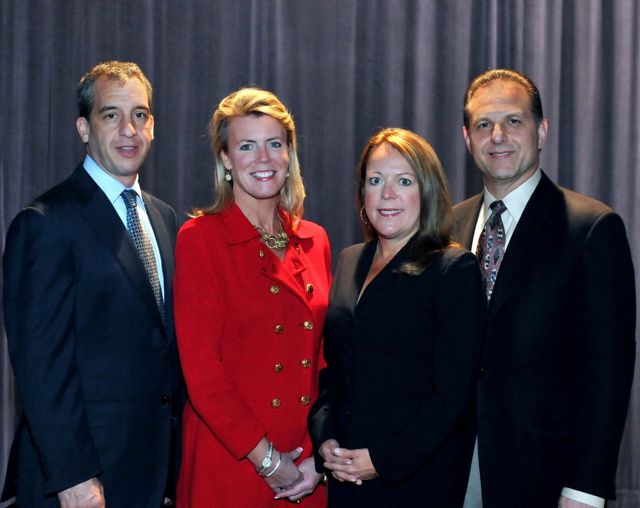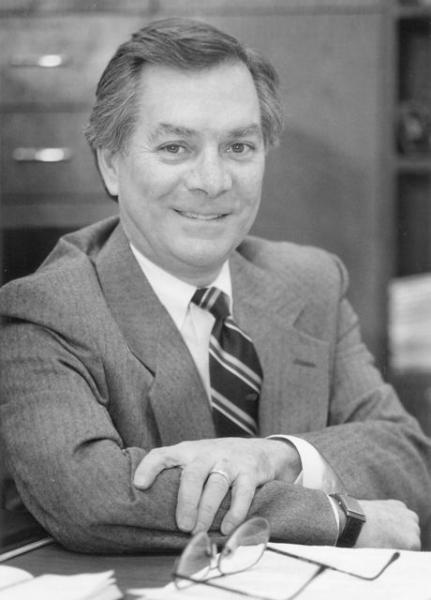Best Practice: Law firm succession - Using affiliation as a phase I pilot test
Asked and Answered
By John W. Olmstead, MBA, Ph.D, CMC
Q. I am sole owner of a law firm in Chicago with an elder law practice. I have two paralegals and two legal assistants. Although I want to continue to practice as long as I can I am in my late 60s and am beginning to think about what to do with my practice. I have recently had several discussions with another sole owner that is interested in buying my practice. Since I want to practice as long as I can I am concerned about the timing of selling my practice due to the current ethical rules. I also want to insure that the other firm would be the right fit for my clients and staff. Do you have any thoughts or suggestions?
A. Making the right decision concerning the "Who" is usually more important than the "What" or the "How". Take your time to do the proper due diligence regarding the other firm. Get to know the owner as well as the employees of the other firm. Ascertain practice, client, and cultural compatibility. If you both determine that a a deal might make sense - then move to the "How."

 "Medical Negligence and The Law" and "Negligence and The Law" will air on Chicago Access Network Television, Channel 21 in Chicago, at 10 p.m. in April and May. Illinois Law is a cable production of the Illinois State Bar Association (ISBA) and can also be viewed online at
"Medical Negligence and The Law" and "Negligence and The Law" will air on Chicago Access Network Television, Channel 21 in Chicago, at 10 p.m. in April and May. Illinois Law is a cable production of the Illinois State Bar Association (ISBA) and can also be viewed online at  The Illinois Supreme Court has appointed Bernard M. Judge of Chicago to serve as a Commissioner of the Attorney Registration & Disciplinary Commission (ARDC). The ARDC is the Supreme Court agency that has administrative authority over more than 90,000 Illinois lawyers and investigates allegations of attorney misconduct. The order of appointment, dated April 12, 2012, is effective immediately.
The Illinois Supreme Court has appointed Bernard M. Judge of Chicago to serve as a Commissioner of the Attorney Registration & Disciplinary Commission (ARDC). The ARDC is the Supreme Court agency that has administrative authority over more than 90,000 Illinois lawyers and investigates allegations of attorney misconduct. The order of appointment, dated April 12, 2012, is effective immediately.